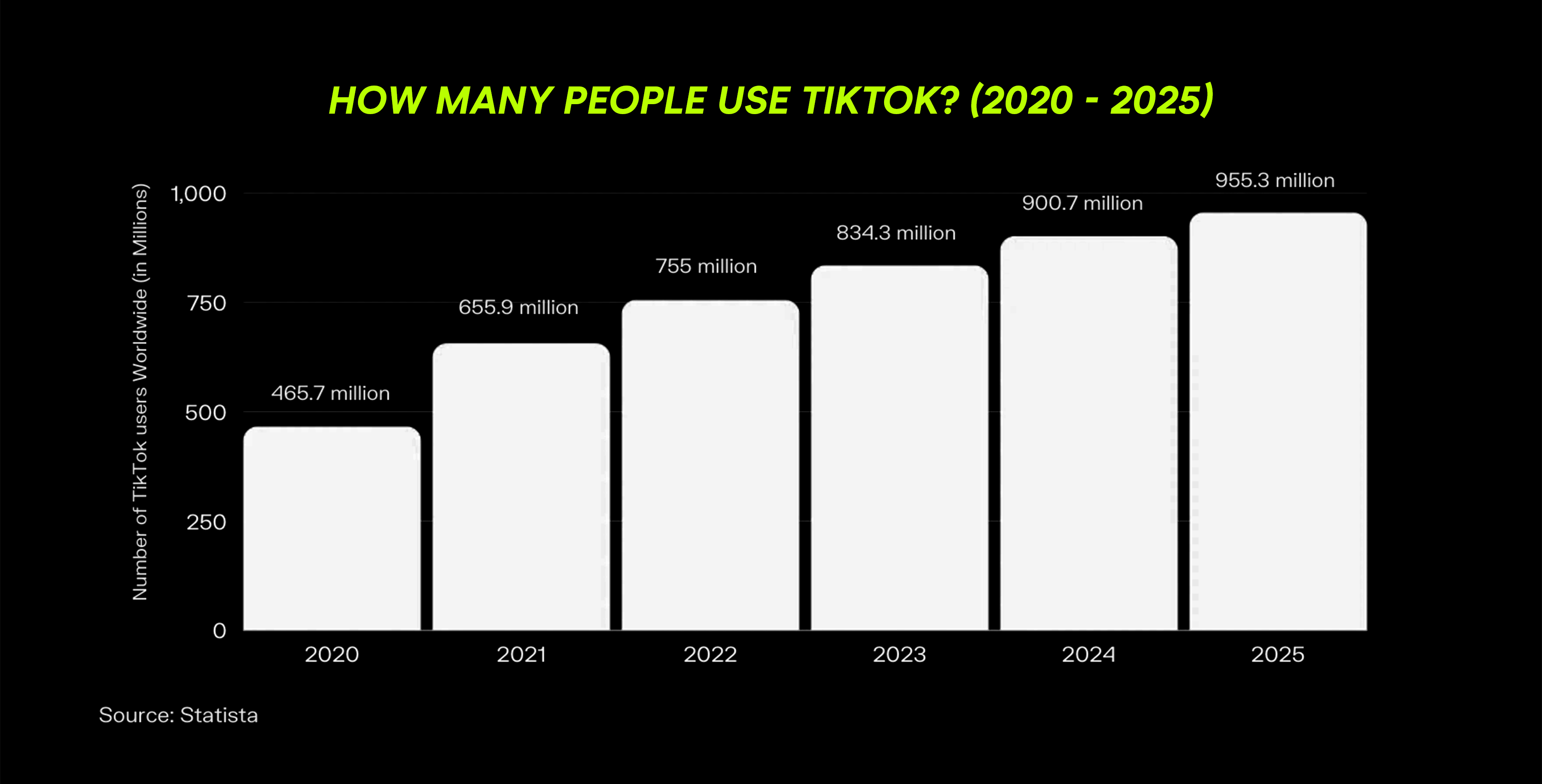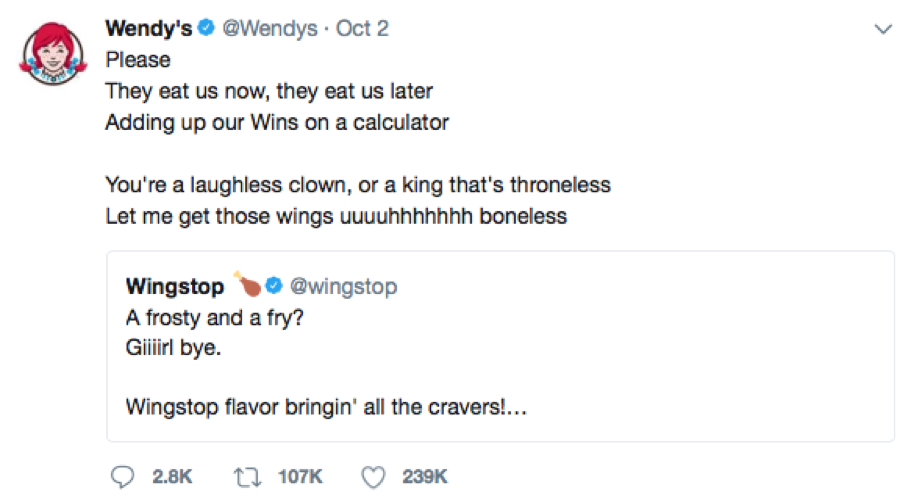The Pros and Cons of Our Fave Social Media Platforms

Simply click and drag your
cursor over a passage of
text from the article below
to tweet or share.
When building a killer social media presence for your brand, it’s essential to understand what platform will work best for your brand voice, audience and advertising. As we know, the world changes constantly, and trends come and go. Are there social media platforms that are fading away? Some emerging from below? Which ones are ‘in’ and who’s on the way out?
Let’s weigh the Pros and cons of some of the most popular social media platforms and discuss them.
Threads
Initially shrouded in mystery under the codenames P92 and Barcelona, we now have Threads, a text-based social platform that’s seamlessly integrated with Instagram. Threads hit the ground running in select countries in the early days of July 2023 and has sprinted ahead, amassing 100 million registered users within a week of launching without showing any signs of slowing down.
Pros
Directly integrating itself and the registration procedure to Instagram, Threads has proved itself an almost instant hit, with users promoted to explore the app directly from Instagram. It has timed its launch to perfection, with the tumultuous Twitter (or rather X?) making headlines every second day for strange and interesting reasons (our money’s on Zuck). While their current offering is streamlined, they’ll be sure to increase the app’s capabilities daily and ensure that more and more people choose Threads over X (AKA Twitter). Once Threads unveils its inevitable advertising products and weaves them into the vast Meta family tapestry, it’s bound to become a permanent fixture in the social media landscape.
Cons
While Threads’ seamless integration with Instagram is a boon for many, it is also a double-edged sword. The requirement of a pre-existing Instagram account to sign up for Threads can be a hurdle for some. At this point, any other potential drawbacks seem to be light on. Innovations within the app are coming, and despite having over 100 million users, it’s still early days.
TikTok
TikTok is a biggie ATM. Popular with Gen Z, TikTok is the most powerful platform to propel videos viral, even making some superstars along the way. Musicians, actors and dancers have made their start on TikTok and now sell out stadiums or walk the Met Gala red carpet—underestimating its power is a sore mistake.
Initially released in 2016, the short-form video posting platform gained popularity in 2020. Now with over 3 Billion downloads worldwide, it’s the big wig of the Social Media world. With a refined algorithm that tracks your engagement with videos, most users interact with the app’s FYP (For You Page), where they’re shown videos that cater specifically to them. Brands can weigh in through the comment section (see this article) and often collaborate with TikTok creators.
Pros
TikTok has the highest Social Media engagement rate among its competitors, fluctuating between 4.5% and 18% of all users engaging with content on the feed. Finding the right influencers is critical here, as their followers are highly engaged with their content. Seeding your products out to creators is a surefire way to get them seen and engaged, and collaborating with TikTok creators can be an entertaining way to see your products used in a new light.
Cons
Your classic product-focused videos don’t reel-y work on this platform. It’s just as easy to scroll past a boring video that doesn’t grab your attention as it is to stay compelled and let the hours slip away—beware the doomscroll. Creating engaging vertical video content that entertains will get your stuff seen (see this article). Gen Z likes to laugh, so connecting with influencers that freshly represent your brand is the best approach to brand promotion.

BeReal
BeReal is a reasonably new Social Media app, initially released in 2020 and gaining popularity in early 2022. It asks users to post a photo of themselves and a photo of their immediate surroundings in a two-minute time window every day (with recent ‘innovations’ letting you post multiple times within this two-minute window). The app urges users to share authentic images of themselves without filters, editing or retakes.
Creators have yet to emerge on this platform, as no brand collaborations are allowed nor monetised for creators to bag the big bucks. Therefore, at this point, there is no natural way for influencers to emerge and brands to advertise their products.
Pros
The app promotes authenticity. BeReal allows users to candidly share their everyday experiences without the threat of fakeness or curated aesthetics dominating the feed. The app is popular with Gen Z and Millenials, generations who have more or less grown up with social media and are enticed by the app’s fresh approach.
Cons
From a brand standpoint, there are a fair few here. Mainly, there are NO adverts allowed on BeReal. Advertising is barred from the app in an attempt to keep its ethos intact. However, even its ‘authentic’ philosophy seems to be losing its novelty with users, especially as the app’s core features haven’t been improved since its popularity breakout. In fact, “[t]he number of people who use the app daily has dropped 61 percent from its peak,” says Casey Newton from the Verge. However, as life proves unpredictable and its potential has been noted, its popularity could be restored.
Snapchat
Snapchat has been around for over ten years, having launched in 2012. It allows users to send expiring photos/messages to each other that are accessible for only a few seconds. However, as the app has grown, it has adopted similar features to its competitors, including Spotlights (Similar to Reels or TikToks), Discovery pages, and news articles. Snapchat proved to be a trendsetter themselves, launching Snapchat Stories in 2013, which was then quickly mirrored by Instagram and Facebook. Is your head spinning yet?
Creators run rampant on this app, enticed by its well-paid influencer fund—Snapchat pays influencers on the amount of content produced rather than its virality. In terms of its generation pull, there is a sense that users outgrow this app when they get older. Popular with Gen Z and younger, Snapchat users that once grew up using the app have now opted for its competitors.
Fun Fact! Snapchat kicked off the trend of AI lens face filters, which was then adopted by other apps like Facebook, Instagram and TikTok.
Pros
From a brand standpoint, Snapchat users are likelier to purchase products (as reported by a study commissioned by Snapchat). Pushing ads is cheap, too. You can spend as little as $5 to promote your ads, giving you room to learn and optimise your ad approach accordingly. Bright colours, catchy copy and engagement polls are good ways for users to engage with your brand.
Cons
It’s harder to build a community on Snapchat as there is no way to tag friends or engage with users under content pieces. Additionally, the app focuses on Instant Messaging, which works for the younger Gen’s, but with other apps that offer varied services, it’s hard to convince the older gens to hop on. Brands on Snapchat can miss out on advertising to a broader audience base.
The original Social Media juggernaut, Facebook, emerged as the primary social networking platform in 2006—spurring competitors to develop their take on the online networking concept. Status sharing, instant messaging, online marketplaces and event building are a few of the app’s varied services.
Fun Fact! Mark Zuckerberg created Facebook in collaboration with his Harvard University roommates. Originally called [theFacebook], Facebook was open only to Harvard University students.

Pros
Facebook focuses less on influencer marketing and more on general paid advertising. With this, Meta has built a sophisticated business offering, currently called Meta Business Suite, to help anyone who owns a business page to schedule, plan and manage their content and advertising. This is a big plus for smaller brands getting started with ads as its accessibility and ease of use are significantly more developed than other platforms. Facebook also has a broad audience, hitting the mark with Gen Z to Boomers. However, older generations are proven to appreciate the app more than younger generations, especially as glossy competitors have distracted Gen Z’s attention.
Cons
Influencers on Facebook are geared towards public figures and celebrities. Therefore, macro or micro-influencers have little presence, meaning there’s little chance of getting your products into the hands of others for promotion. Additionally, there is an increasing trend for users to use the app only for its Marketplace feature or Events feature, cutting out some of its advertising influence, particularly for the younger generation, although Facebook is actively chasing you across all features of the app!
Instagram is a social media platform that focuses primarily on photosharing and now, more and more on video sharing as social media trends move towards vertical video content (see more here). Launched in 2010, Instagram is currently the most popular social media platform for influencer marketing, but as its competitors grow in audience, the viability for influencer marketing could shift.
60% of all U.S. Instagram users login to the app daily (guilty), so its potential for brand visibility is staggering.
Fun fact! The arrival of influencers began with Instagram, and Kim Kardashian emerged as the Kween of the platform. Today, she holds 361M followers. For context, that’s the entire Australian population following her account 14x over.
Pros
Influencers! Seeding your products to influencers and getting them seen by their followers is an excellent way to build brand visibility. After all, people are more inclined to trust the recommendation of a friend (influencer in this context) rather than a large conglomerate. Influencer marketing works, and Instagram knows it. They’re constantly innovating on their paid partnership and collaboration products, making it easier and easier for brands to work with creators.
Cons
Posting high volumes of content is the best way to stay relevant on Instagram. Marketers must have their finger on the pulse of the app’s algorithmic changes, evolving their strategies to keep up with Instagram’s proliferating changes. Its tendency to compress imported images and videos is also a downside of the app, as it encourages content to be modified with its in-app editing capabilities.
X, AKA Twitter
Launched in 2006, X (Twitter) is a Social Media platform that allows users to share photos, videos and text posts known as ‘tweets’. With a small character limit and the ability to retweet and comment in threads, X provides a buzzing network of opinions, ideas and news that are easily digestible.
X also seems to be the mecca of celebrity feuds, where the ability to easily @ someone online allowed celebrities with large followings to throw shade at each other and get a tonne of eyes on it in real time. The app’s biggest feud-ster comes by the way of Brooklyn-based rapper Azealia Banks, who has been documented to have engaged in over 50 online feuds, most of which take place on X.
Pros
Similar to TikTok, X is a great forum for brands to establish a unique brand voice. Leaning towards shitposting, brands often engage and poke fun at users in attempts to garner engagement from users. X is a great platform for exploring your brand voice in varied ways.

X also has an extensive analytics tool to track your traffic and optimise social media strategies easily. And thanks to Musk, businesses, no matter how large or small, can subscribe for a blue check of authenticity for a hefty price of $1,000 per month that is.
Cons
X is as unpredictable as it can be, note the random, completely messy rebrand this week. After experiencing another popularity surge during the pandemic, X has been a host for spreading false information and allowing bigoted political debates to take hold. And now that Musk has acquired the platform, its future is fickle, to say the least.
There are so many social media platforms out there, so here are some quick summaries of the ones we missed.
Bluesky: A decentralised Twitter clone backed by Jack Dorsey (of Twitter), currently invite-only.
Mastodon: Another decentralised, server-based Twitter clone.
YouTube: The behemoth of video consumption and owned by Google.
Discord: A private server-based communication channel often utilised by gamers and online communities.
Letterboxd: A relatively niche platform for movie lovers to review flicks and connect with their fellow movie nerds.
Reddit: The self-described “front page” of the internet, housing everything from breaking news to cursed photos of food.
Pinterest: The premiere app for inspiration, Pinterest allows users to pin images to create virtual mood boards from recipes to home, lifestyle and more.
Overall, every social media app has the potential to get your brand the recognition it deserves (except for BeReal, sorry). Each platform has pros and cons and appeals to different generations at different times. Jumping in on emerging platforms is an excellent way for brands to get ahead of the race and get their stamp of approval from consumers. The world of influencer marketing is as strong as ever, and it’s not going away anytime soon.
If you’re in the market for a social media marketing agency that knows the who’s who and what’s what—you’re in the right place. And don’t forget, as a leading influencer agency, we can connect you with top influencers to boost your brand’s visibility even further. Get in touch with our team today here.
